The History of the Seatbelt
You probably do it now without thinking. And if you don’t do it then you are definitely not thinking. The seatbelt saves lives. Fact. But where did it come from exactly?
From the skies to the roads
Speed & Safety Concerns Grow
Safety Doesn't Sell Cars
Enter Nils Bohlin
Buckle Up for a Bumpy Ride
An Act of Altruism
Finally, some progress
The Kiwi Story
1 Million Lives & Counting
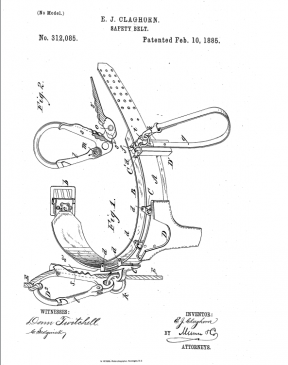
From the skies to the roads
Before they appeared in cars, seat belts were invented for Glider pilots (it was handy for stopping them from falling out). This was the late 1800’s. Sir George Cayley, who built the first real glider in 1853, designed them. Probably a good way of making sure the Glider market he created had a future.
Then, in 1885, the first US patent was issued for a safety belt. This lap belt style contraption was the work of one Edward J Claghorn of New York. Patent #312,085 was for a tourist safety belt to “be applied to the person, and provided with hooks, and other attachments for securing the person to a fixed object”.
Speed & safety concerns grow
Cars were already reaching speeds of over 50kph by the early 1900’s, so some sort of seat belt would be a good idea you would think. That doesn’t mean they generally came with one though. They did not.
Indeed, you have to move time along until the 1950’s before the conversation about seat belts really accelerated. During this time, Ford started to position itself as the safety-conscious car with the introduction of its ‘LifeGuard’ package, which saw both front and rear lap belts fitted to new cars in 1956. It was a disaster for Ford. No-one was interested in safety. Their sales plummeted and in 1957 they dropped seatbelts as a standard inclusion on all new cars.
To put this in context though, it was only a few years earlier, in 1954, when the Sports Car Club of America (think early NASCAR) required seat belts to be fitted for racing drivers.
Safety doesn't sell cars
Safety just wasn’t that appealing for the masses. Seat belts certainly did not appeal anyway, as in 1956 it was estimated that only 1% of drivers used them. Luckily, over in the Volvo engineering department, a man by the name of Nils Bohlin was undeterred…
Enter Nils Bohlin
Nils Bohlin was born in Harnosand, Sweden on July 17, 1920. A clever chap, Nils gained a BSc in Mechanical Engineering in 1939 and promptly went off to work for Saab. At Saab, Nils worked on a number of aircraft-related inventions and one patent has him responsible for designing a rocket launched ejector seat. So, in this case, it is rocket science. We told you he was a clever chap.
So good was Nils at his job, he was soon poached by the head of Volvo, Gunnar Engellau, to...erm...jump ship from planes to automobiles. The mission he was given was a personal one. The Volvo chief had reportedly lost a relative from seat belt failure and quickly tasked Nils with coming up with a solution to seat belt safety. Fast forward 12 months and by 1958, Nils had cracked it. The modern 3 point seat belt was here. This would distribute the force of the impact evenly. Not only that, it was really easy to use (no excuses people). With one hand you could pull the belt across your chest and waist.
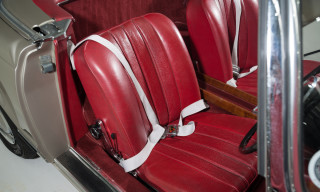
Buckle up for a bumpy ride
So...did this invention, so straightforward and obviously brilliant, immediately gain support? Nope, not in the slightest. Indeed, Nils and the team from Volvo toured the world to showcase the invention and share the stats from a report on accident cases. This is 1959 though and car safety is still very much still stuck on the starting line. Not everyone was convinced by Nils and his invention. But whilst the general public was yet to get on board, some people in Government were. They were beginning to be swayed by research which said “the average injury reducing effect of the harness proved to vary between 0 to 90 percent, depending on the speed at which the accident occurred or the type of injury”. This same research (A Statistical Analysis of 28,000 Accident Cases with Emphasis on Occupational Restraint Value) concluded with this: “Unbelted occupants sustained fatal injuries throughout the whole speed scale, whereas none of the belted occupants was fatally injured at accident speeds below 60mph”.
One person who was paying attention was Daniel Patrick Moynihan, the United States Assistant Secretary for Labor, who wrote an article in which he argued that car companies needed to step up to the plate and reduce car crashes and injuries. By now Nils had secured US Patent Number 3.043, 625 for his invention and Volvo had been fitting seat belts to their cars, starting with the Volvo Amazon and PV544.
An act of altruism
Indeed, so convinced was Volvo of the importance of the invention, they gave it away. Yup - they deemed the seat belt too significant to the car industry to profit from it. They simply gave it away and allowed anyone and everyone to use the design.
Finally, some progress
This didn’t mean other car manufacturers did though. It wasn’t until 1961 when New York State passed a requirement that manufacturers must at least provide anchor points for front seatbelts on all cars sold. Other states soon followed suit, despite the car companies citing cost considerations and being against the idea. All except Studebaker that is. They were the first US Auto company to include seatbelts in all vehicles.
Just having the seatbelts fitted to cars was only half of the problem. People had to actually use them. Closer to home, the Victoria State Government decided to take matters into their own hands. On December 22nd 1970 they made the wearing of seatbelts mandatory.
The Kiwi story
What about here in New Zealand? In 1965 it had become a legal requirement for all cars to have front seat belts fitted. But it wasn’t until 1975 when you had to wear them. After 1979 they had to be fitted and worn in both the front and rear. And it wasn’t until 1994 that safety seats for children became a legal requirement for children under the age of 5.

1 Million Lives & Counting
Back to Nils and to the present day. The effect of his invention cannot be underestimated. On a daily basis, at any given minute, someone is being saved by his invention. To date, in excess of 1 million lives have been saved.
Now you know this history, please make sure you don’t become history. Next time you get in your car, make sure you buckle up. You want to be one of the million-plus lives that have been saved by Nils and his invention. Stay safe.
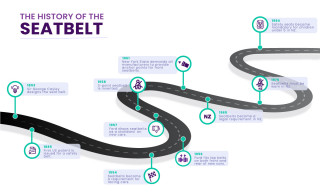

Like seatbelts, tyres are safety features.
Regularly inspect your tyres' conditions and follow the vehicle manufacturer’s tyre pressure.
-
Topics:
- Road Safety
More tips and articles
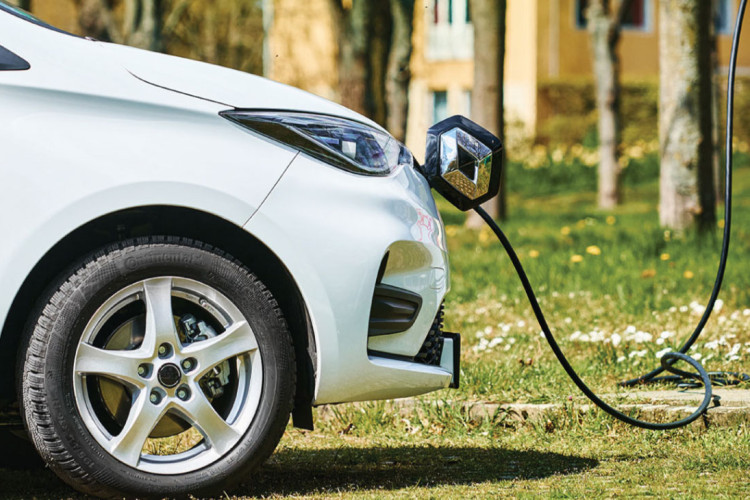
Tyres for Electric Vehicles
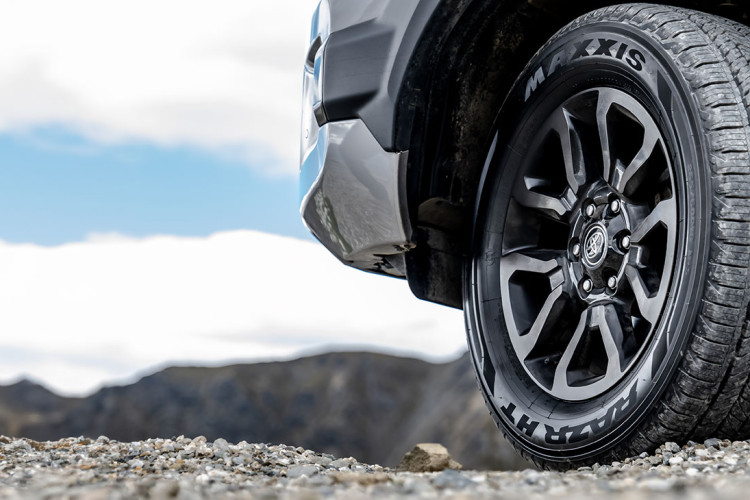
Product Spotlight:
Maxxis HT780 RAZR HT

